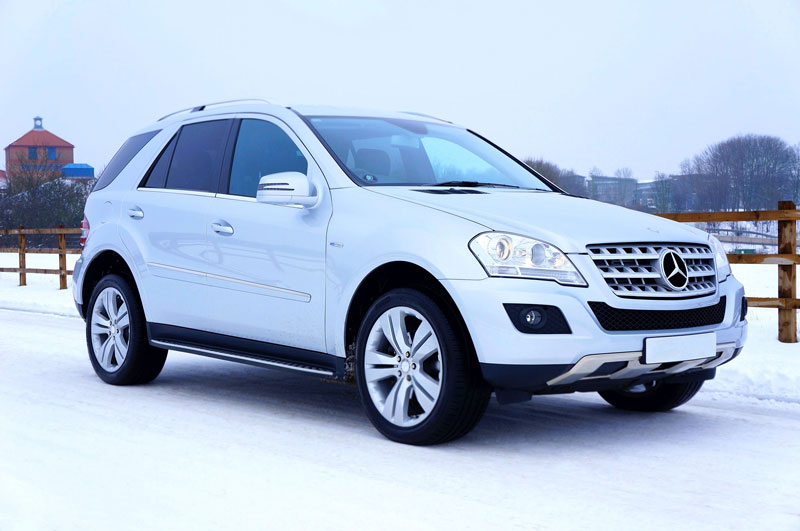Winter weather can pose significant challenges for your vehicle, making proper preparation crucial for both safety and performance. By taking the time to winterize your car, you can minimize the risk of breakdowns, improve traction on icy roads, and ensure a comfortable driving experience during the colder months. In this post, we will share essential maintenance tips to help you prepare your car for winter, covering areas such as checking the battery, inspecting the tires, ensuring proper coolant levels, and more.
1. Battery Check:
Cold weather can put added strain on your car’s battery. Before winter sets in, have your battery tested to ensure it’s in good condition and holding a full charge. If your battery is older or showing signs of weakness, consider replacing it to prevent potential starting issues during the colder months.
2. Tire Inspection and Maintenance:
Proper tire traction is essential for safe winter driving. Inspect your tires for adequate tread depth and signs of wear. Consider switching to winter tires if you frequently encounter snowy or icy conditions. Ensure proper tire inflation, as cold temperatures can cause tire pressure to drop. Consult your vehicle’s manual or a tire professional for recommended tire pressure levels.
3. Coolant Level and Antifreeze Check:
Ensure that your engine’s coolant level is sufficient and the antifreeze mixture is appropriate for the winter temperatures in your area. Antifreeze prevents the coolant from freezing and causing damage to the engine. Have the coolant system inspected by a professional to ensure there are no leaks or issues that could compromise its effectiveness.
4. Windshield Wipers and Fluids:
Replace worn or damaged windshield wiper blades to ensure clear visibility during winter precipitation. Consider using winter-specific wiper blades designed to handle snow and ice. Additionally, ensure that your windshield washer fluid reservoir is filled with a winter-grade fluid that won’t freeze in cold temperatures. Keep an extra bottle in your vehicle for refills as needed.
5. Exterior Lighting and Defrosting System:
Check all exterior lights, including headlights, taillights, and turn signals, to ensure they are working correctly. Clean the lenses to maximize visibility. Additionally, test your vehicle’s defrosting system to ensure it can effectively clear frost and condensation from the windshield and windows, enhancing visibility during cold mornings.
6. Emergency Kit and Supplies:
Prepare an emergency kit for your vehicle, including items such as a blanket, flashlight, extra warm clothing, ice scraper, jumper cables, and a small shovel. It’s also a good idea to keep some non-perishable food and water in your vehicle in case of unexpected delays or emergencies.
Winterizing your car is essential for safe and comfortable driving during the colder months. By following these essential maintenance tips, such as checking the battery, inspecting the tires, ensuring proper coolant levels, and attending to other important areas, you can minimize the risk of breakdowns, enhance traction, and prepare your vehicle for the challenges of winter. Prioritize winter maintenance to enjoy a smooth and worry-free driving experience throughout the season. Remember, a well-prepared vehicle contributes to both your safety and peace of mind during the winter months.





